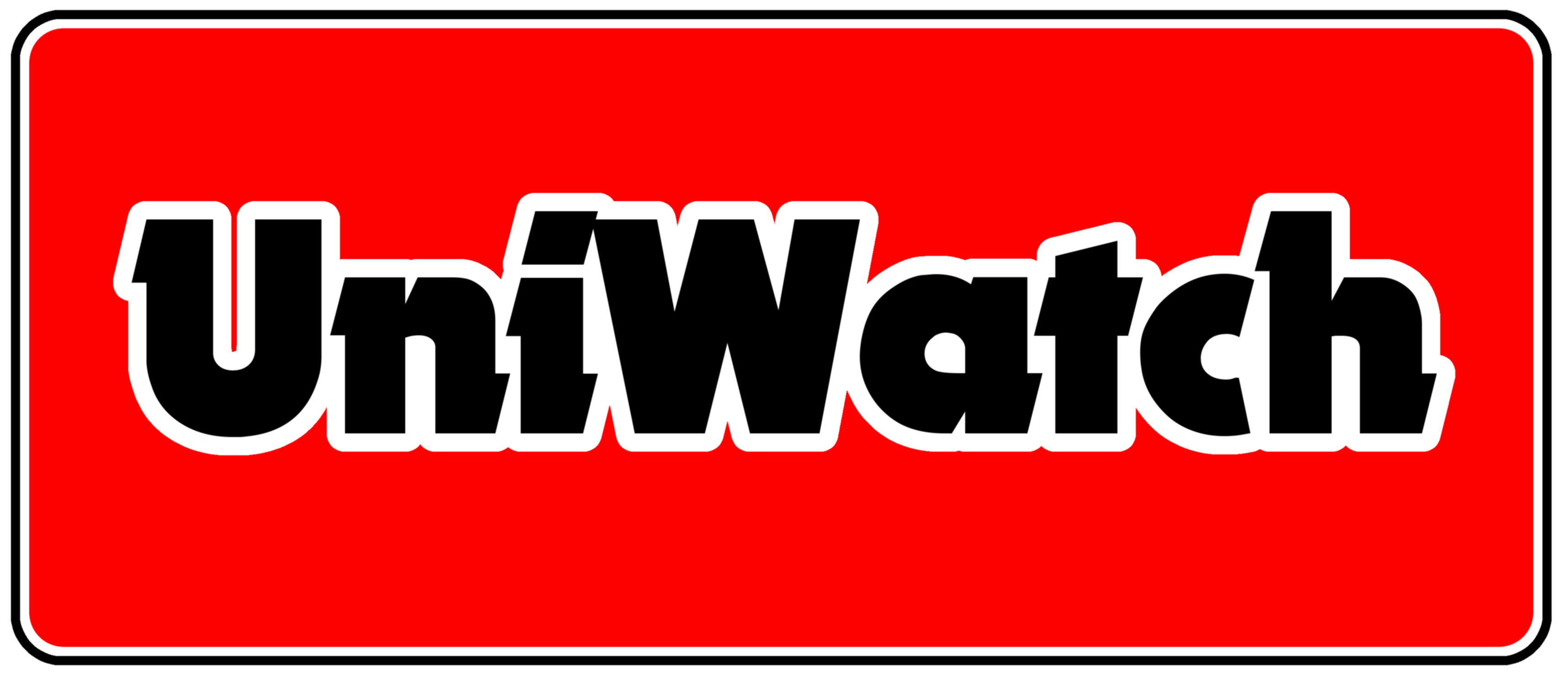HACCP
HACCP stands for Hazard Analysis and Critical Control Points.
It is a preventative food safety system covering the manufacturing, storage, distribution and retailing of food products.
This is the key to food safety
Food safety guidelines apply to food products, from the storage of raw materials, right up until used by the consumer.
Generally, there are seven points to a HACCP plan. These are:
- Conduct a Hazard Analysis
- Identify Critical Control Points
- Establish Critical Limits
- Establish Monitoring Procedures
- Establish Corrective Actions
- Establish Verification Procedures
- Record Keeping Procedure
Compliance with this legislation can be daunting, costly and time-consuming
UniWatch can assist by installing a cost-effective system
In South Africa, this is covered by the regulations under Act No 54 of 1972. Compliance to this legislation can be daunting, costly and time-consuming.
For your convenience, click the download button for a copy of the Act.
UniWatch can assist by installing a cost effective system
Once your HACCP plan is in place, and you have identified the critical control points and limits, UniWatch can install a system that will satisfy Monitoring Procedures, Verification Procedures and Record Keeping Procedures of the HACCP seven point plan.
This effectively means that once our system is installed, all monitoring of temperatures and alerts to temperatures out of specification are recorded, and stored on our secure servers. This data is available via our secure website, and will fill all the criteria required to conform to a HACCP audit. This will enable you to take Corrective Actions in terms of your plan.
When food stuff is stored, generally the colder the storage facility, the longer the product can be safely stored. This also impacts on profitability, In that bulk purchases can be made for later distribution.
UniWatch can provide systems that will monitor and record temperatures in the following applications
Food preparation
When food is being prepared, it should only be taken out of the cold storage facility when needed, or to thaw sufficiently to handle.
Cooking of food
To kill bacteria when cooking food, it must be heated to 75 degrees Celsius or higher. This refers to core temperature, not surface temperature.
Serving food
Hot food should be served at 60 degrees Celsius or higher to prevent bacteria from multiplying. Frozen foods should be served frozen at -15 degrees Celsius or lower. Cold foods should be served at 5 degrees Celsius or lower.
Displaying hot food ready for sale
Precooked food offered for sale must be kept at 60 degrees Celsius or hotter to prevent bacteria from multiplying whilst displayed or stored. This refers to the core temperature of the food and not the surface temperature.
Reheating of food
Reheated food must be reheated to 75 degrees Celsius or higher. The reason for this is that even if food has been stored at 60 degrees Celsius, there may be some bacteria that survived the initial cooking and have started to multiply.
UniWatch systems ensure compliance, safety and peace of mind





